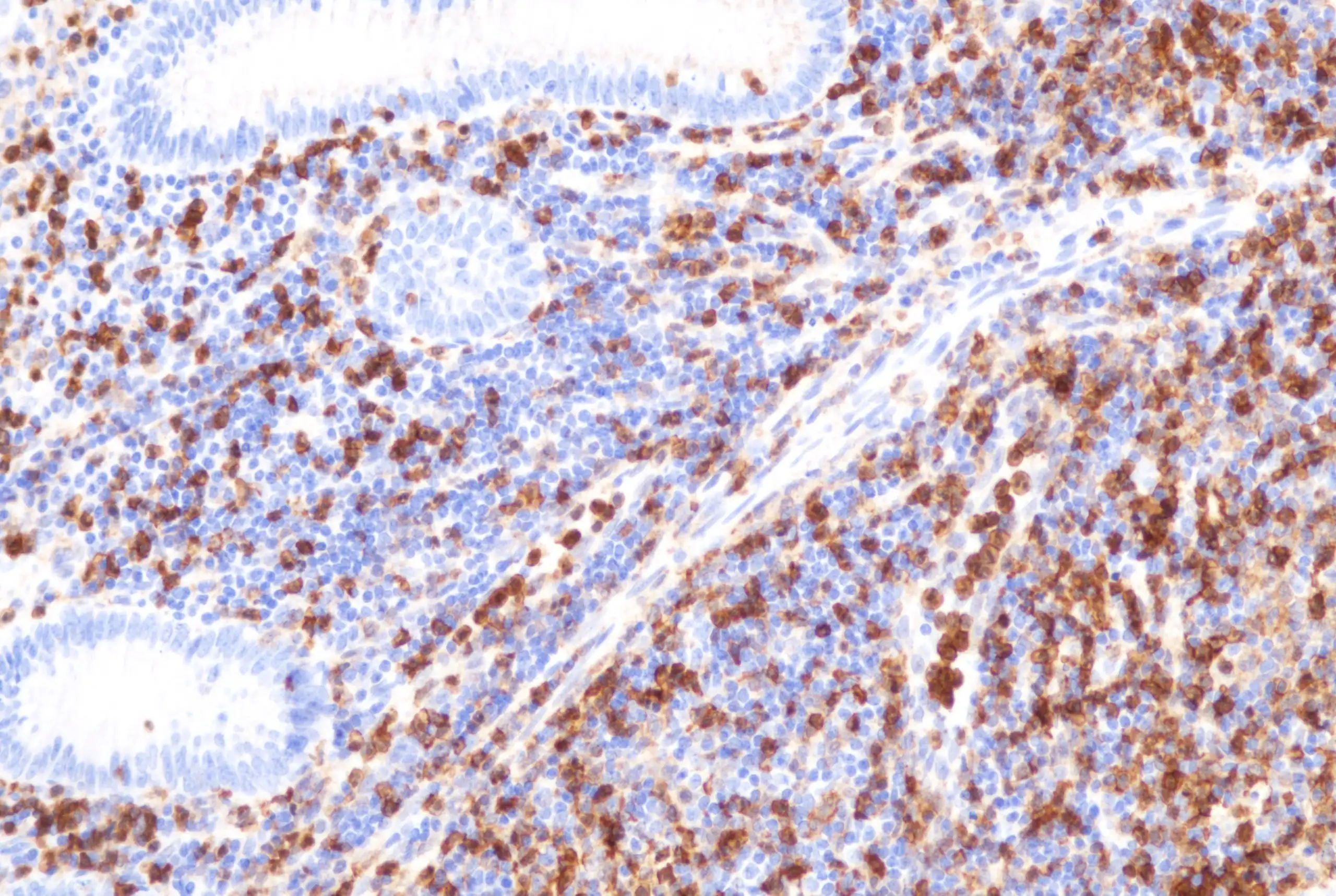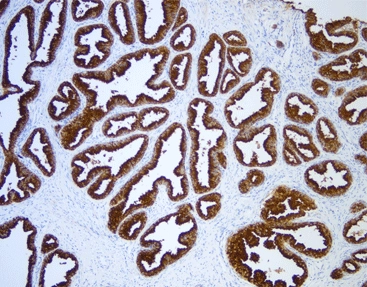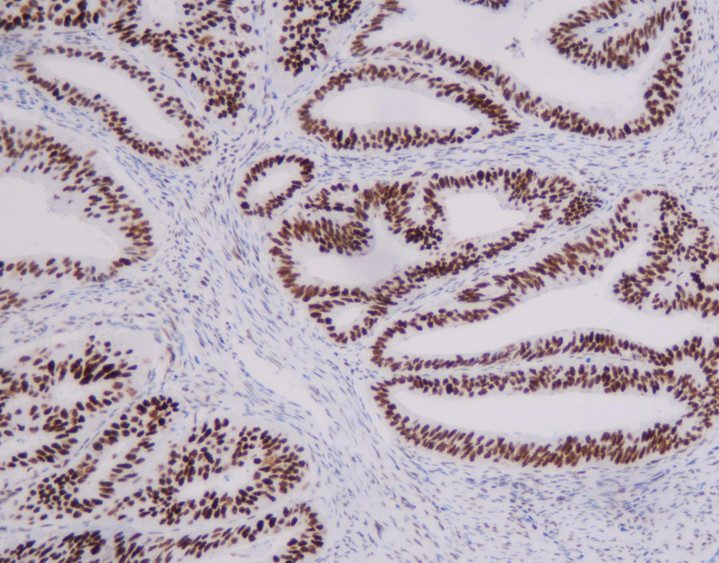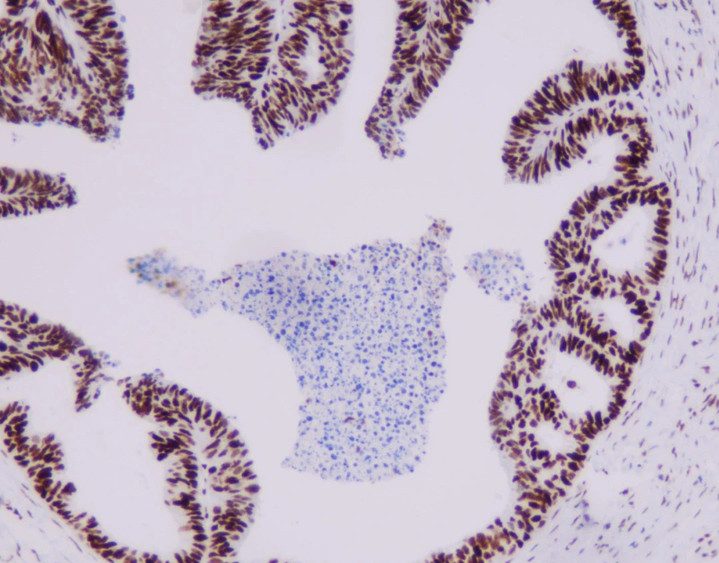Top 5 Mistakes to Avoid When Storing Primary Antibodies for Flow Cytometry
2025-04-01
By admin
Flow cytometry is a vital technique in contemporary biological studies. It allows researchers to examine single cells accurately. Central to this approach are primary antibodies—unique proteins that attach to particular antigens on cells. This attachment enables their identification and evaluation. Yet, the success of your flow cytometry tests relies heavily on how you manage and preserve these essential reagents. Poor storage can weaken antibody quality, resulting in erratic outcomes, squandered materials, and irritation.
Why Proper Storage of Primary Antibodies Matters in Flow Cytometry
Before we dive into the errors, let’s grasp why preserving primary antibodies correctly is so crucial. In flow cytometry, these antibodies mark specific cellular indicators. Fluorescent tags then detect these markers. If the antibodies degrade or lose precision, your data may become distorted. This could happen due to faint signals or unwanted binding. Effective storage maintains their strength, ensuring they work perfectly when needed.
Top 5 Mistakes to Avoid When Storing Primary Antibodies
Mistake #1: Ignoring Temperature Requirements
Why It’s an Issue
Primary antibodies react sensitively to temperature shifts. Keeping them at unsuitable levels—either too hot or overly chilly—can unravel their protein framework. This weakens their ability to bind. For flow cytometry, where accuracy and clarity matter greatly, this might cause dim signals or total test collapse.
How to Prevent It
- Review Manufacturer Advice: Most primary antibodies need storage at 2-8°C (cool) or -20°C (iced). Some demand -80°C for lasting steadiness.
- Steer Clear of Freezer Door Placement: Temperatures near a freezer entrance waver with frequent use. Instead, tuck antibodies deeper inside.
- Divide into Portions: For those kept at -20°C or -80°C, split them into tiny amounts. This avoids multiple freeze-thaw rounds, which harm performance.
Handy Tip
For a steady supply with clear preservation notes, explore Celnovte’s primary antibody catalog.
Mistake #2: Overlooking Dilution and Buffer Needs
Why It’s Troublesome
Mixing primary antibodies in wrong solutions or leaving them diluted too long can harm their steadiness. In flow cytometry, this may lead to uneven marking or louder background clutter. Consequently, your findings become less clear.
How to Dodge It
- Stick to Suggested Solutions: Keep undiluted antibodies in their initial mix, often with stabilizers like glycerol or BSA. If you must dilute, use a solution like PBS with 0.1% sodium azide for brief keeping.
- Skip Prolonged Diluted Storage: Diluted antibodies fade over time. So, whip up fresh batches before each test.
- Watch pH Levels: Ensure the storage solution stays neutral (around 7.2-7.4). This prevents breakdown.
Case in Point
Celnovte’s Ki-67 antibody includes thorough mixing and preservation tips, guaranteeing peak results in flow cytometry trials.
Mistake #3: Disregarding Contamination Dangers
Why It’s a Concern
Impurity—be it microbial or from stray proteins—can change antibody behavior. This leads to vague binding in flow cytometry. It’s especially tricky when studying faint markers, as extra noise can hide true signals.
How to Sidestep It
- Use Clean Methods: Employ sterile pipette tips and containers when splitting or mixing antibodies.
- Include Preservatives: For cool storage (2-8°C), add a tiny bit of sodium azide (0.02-0.1%) to stop germ growth. But beware: azide blocks some enzyme actions. Avoid it if your flow cytometry involves live cells later.
- Close Tightly: Make sure containers seal well. This stops evaporation or impurity from air particles.
Table: Typical Impurities and Fixes
|
Impurity Kind |
Effect on Antibodies |
Avoidance Tactic |
|
Germs/Fungi |
Breaks down antibody form |
Use sodium azide, clean tools |
|
Cross-Impurity |
Lowers precision |
Split into one-use amounts |
|
Dust/Fragments |
Adds flaws in marking |
Keep in sealed, neat containers |
Mistake #4: Letting Antibodies Face Light and Air
Why It’s Risky
Many primary antibodies, particularly those linked to fluorochromes for flow cytometry, dislike light. Long exposure to light or air can ruin fluorophores or rust the antibody. This reduces its power.
How to Escape It
- Keep in Darkness: Use dark vials or wrap tubes in foil to guard conjugated antibodies from light.
- Cut Down Air Contact: Fill storage containers fully to limit empty space, reducing rusting.
- Act Swiftly: When using fluorochrome-tagged antibodies like Celnovte’s Annexin A1, limit time under room light during setup.
Useful Hint
Light sensitivity matters a lot in flow cytometry. Always match your antibody’s fluorochrome to your cytometer’s lasers.
Mistake #5: Forgetting Expiration Dates and Batch Differences
Why It’s Problematic
Using outdated antibodies or ignoring batch variations can yield uneven flow cytometry results. Over time, antibodies lose strength. Plus, production differences might shift their effect.
How to Counter It
- Monitor Expiry: Tag containers with arrival dates and check maker’s expiry advice. Toss out old reagents quickly.
- Test New Lots: Run each fresh batch against a known standard. This ensures steady marking strength and clarity.
- Preserve Long-Term Wisely: For extended keeping, freeze at -20°C or -80°C (as noted) to stretch shelf life beyond cool storage.
Illustration
Celnovte’s Prostate-Specific Antigen (PSA) antibody is carefully checked across lots. Still, verify its fit with your flow cytometry system.
Meet Celnovte: Your Dependable China Primary Antibody Supplier
When seeking top-notch primary antibodies, Celnovte Biotechnology shines as a reliable ally. Located in China, Celnovte excels in advanced immunohistochemistry and in vitro diagnostic (IVD) solutions. They provide a broad selection of primary antibodies suited for tasks like flow cytometry. Renowned for their self-developed antibodies, which have consistently scored high in NordiQC evaluations for six years, Celnovte blends innovative research with strict quality checks. Whether you’re exploring tumor pathology or cellular indicators, they offer trustworthy reagents to fuel your research ambitions.
FAQs About Storing Primary Antibodies for Flow Cytometry
Q1. How Long Can I Keep Primary Antibodies at Room Temperature?
A1. Primary antibodies shouldn’t linger at room temperature for long. Most stay steady at 2-8°C for weeks or months. But beyond a few hours at room level, they start to break down. Always heed the maker’s advice.
Q2. Can I Freeze Every Primary Antibody for Flow Cytometry?
A2. Not always. Many plain primary antibodies handle freezing at -20°C or -80°C well. However, some fluorochrome-linked ones might weaken after icing. Review the datasheet to be sure.
Q3. What’s the Smartest Way to Split Primary Antibodies?
A3. Use sterile, low-stick tubes. Divide into small bits (e.g., 10-50 µL) to dodge repeated freeze-thaw harm. Label each with the antibody’s name, strength, and date for easy use.
Q4. Does Keeping Primary Antibodies with Glycerol Affect Flow Cytometry?
A4. Glycerol stabilizes well and usually doesn’t disrupt flow cytometry when used in storage. Yet, high levels in diluted samples might tweak cell marking. So, thin it out properly before use.
Q5. How Can I Tell If My Stored Primary Antibodies Are Spoiled?
A5. Look for signs like weaker marking strength, more background clutter, or odd results versus standards. Test doubtful antibodies on a known sample to check their state.
Boost Your Flow Cytometry with Smart Antibody Storage
By dodging these five slip-ups, you can keep your primary antibodies in prime shape for flow cytometry. This ensures steady, top-quality findings. Managing temperature, picking solutions, blocking impurities, shielding from light, and tracking lots are all in your hands. Mastering these saves time, cash, and test woes.
Ready to sharpen your studies? Dive into Celnovte’s lineup of strong antibodies built for flow cytometry and more. Visit their homepage now to snag the ideal reagents for your next project!









